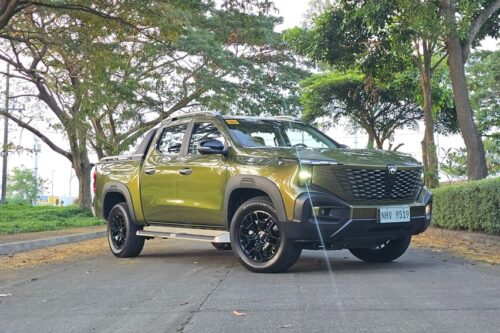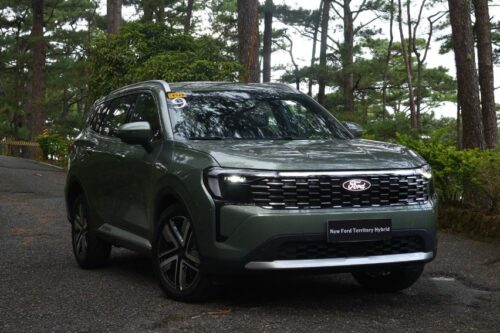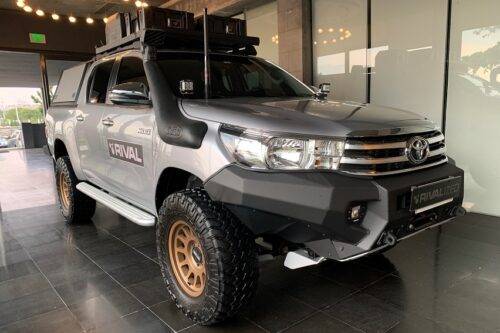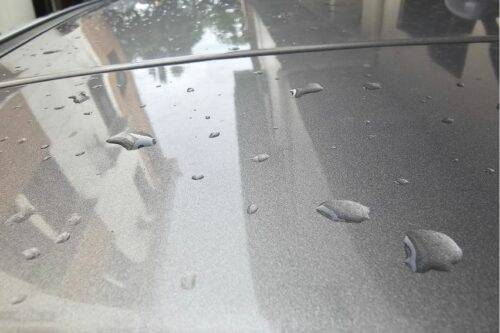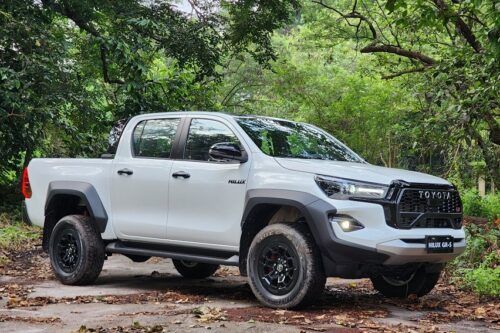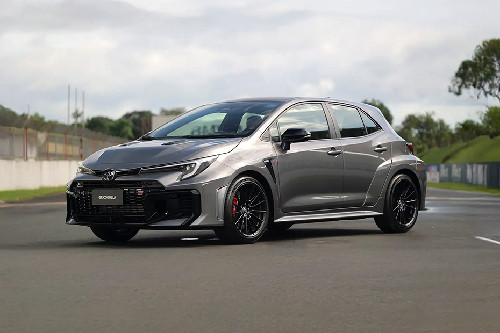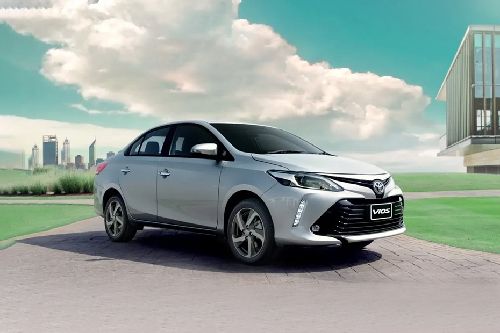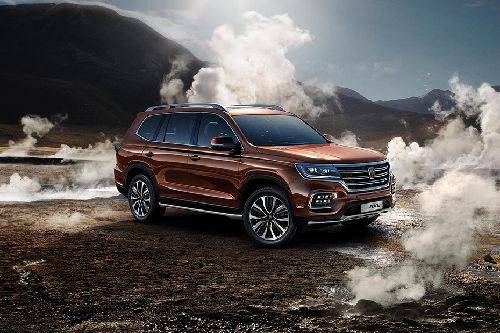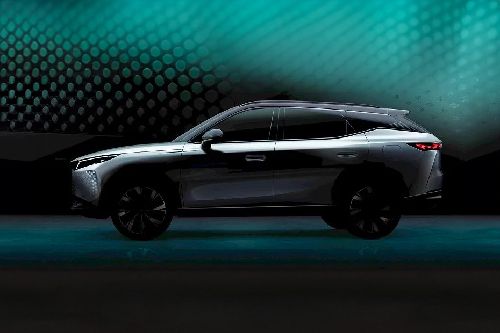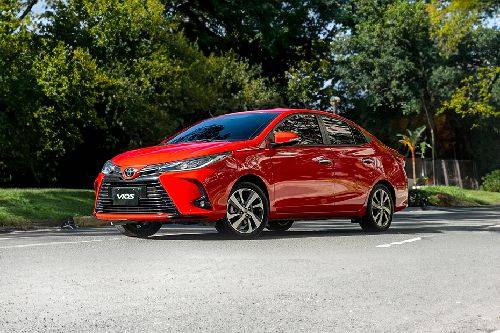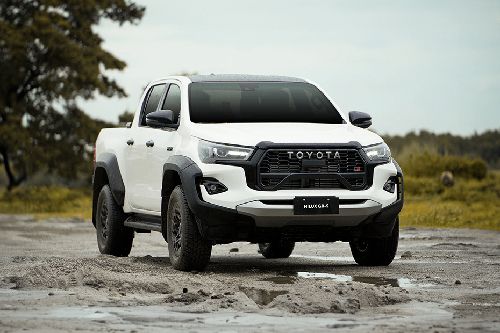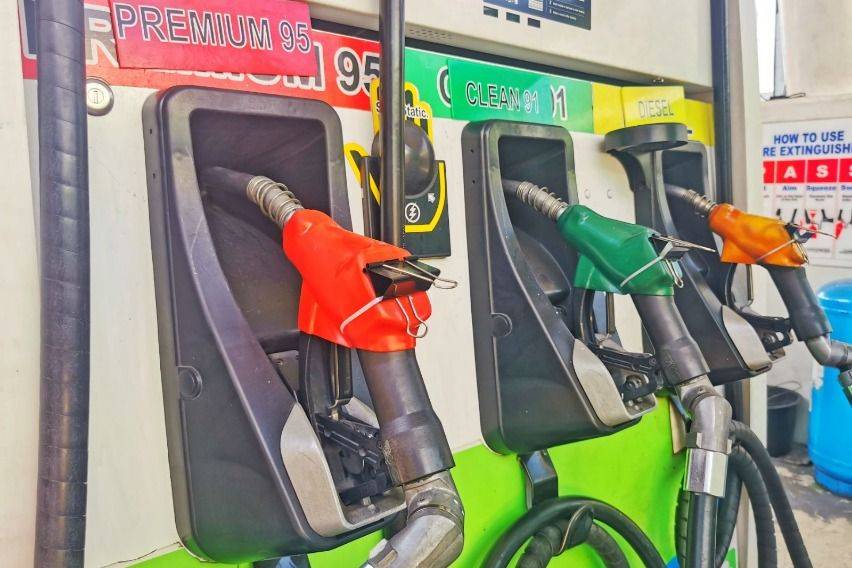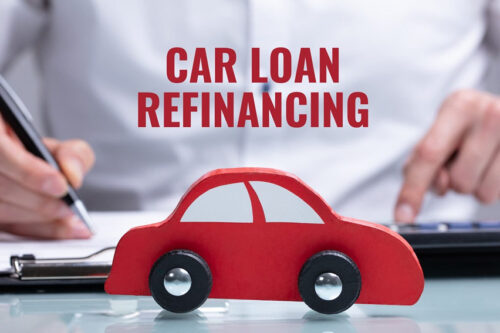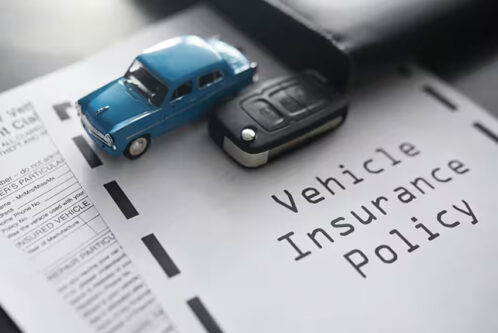Loving your car 101: how to protect your car's paint
Some easy-to-follow tips to keep your beloved chariot shiny

Among car enthusiasts and passionate car owners, it is common to hear folks professing love for their rides. In some instances, certain car guys (or gals) even refer to their vehicles as their “partner” or their “second love.”
KEY TAKEAWAYS
What is Zigwheels Philippines’ advice on ways to protect one’s car paint?
You can protect your car’s paint by regularly washing your car, waxing it regularly, applying PPF or ceramic coating, not parking it under the sun, and using the right tools and car cleaning products.What is carnauba wax?
Carnauba is a type of car wax made out of the leaves of the Brazilian palm tree.The aforementioned sentiment is understandable since, in the Philippine setting, any type of brand-new vehicle is a substantial financial and emotional investment for many. A new car also adds considerable practicality and convenience to one’s life—and that’s something that will make a working man or woman’s heart flutter with excitement.
Others, of course, merely love being proximate to four-wheeled mechanical beasts due to their simple love of driving, engineering, or even automotive design.
Falling in love with a car is especially true for enthusiasts who have finally gotten their hands on the likes of the Nissan Z, Toyota GR Yaris, Mazda MX-5, BMW M2, and many other handsome-looking sporty models.
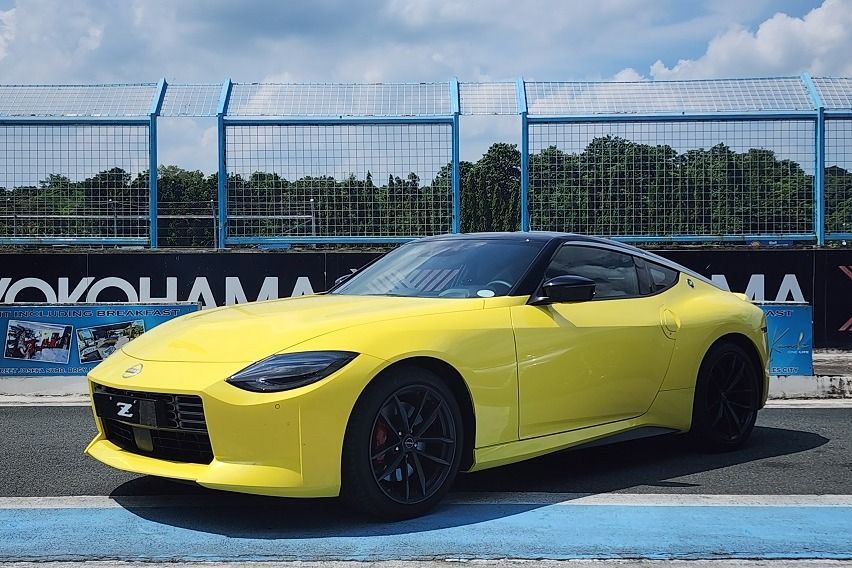 Photo from Ruben Manahan IV
Photo from Ruben Manahan IVUnderstandably, car owners and enthusiasts would want to keep their beloved rides in tip-top shape and in the prettiest, most eye-pleasing state possible. But how does one keep one’s car looking good? Well, one significant way is to keep its paint in good condition.
So, in this Valentine’s season, let’s discuss five key methods for protecting one’s car paint to make sure it retains its stunning good looks for years to come.
Back to basics: give your ride a regular wash
While simple and very basic, giving your car a regular wash will help maintain the condition of its paint.
Mind you, driving in the city on a daily basis is quite harmful to car paint. There are contaminants and caustic materials everywhere, and those are likely to stick to your clearcoat, causing all sorts of mayhem.
 Photo from Baguio City PIO
Photo from Baguio City PIOFor starters, there’s road grime, which is all too common on roads running through large urban areas like Metro Manila, Cebu City, and Davao. The aforementioned includes dust, mud, and other debris.
No one can know for sure what kind of harmful chemicals are mixed in road grime, but we can assume that they aren’t doing your car paint any favors.
Acid rain in heavily urbanized areas can likewise cause trouble. While not common, the said phenomenon does occur in cities and it will harm automotive paint if left unchecked.
Also of particular notoriety when it comes to car paint are “natural” materials such as insects (especially ones that were squashed up after driving on the highway), bird droppings, and leaves. The ones mentioned can be especially harmful to paint due to their acidity.
Of course, paint-damaging debris can also stick to one's beloved ride after going on off-road adventures.
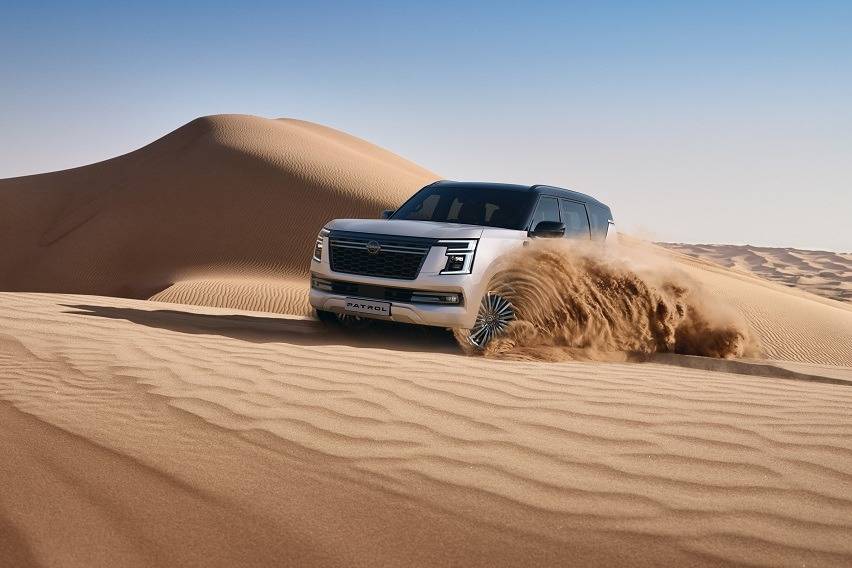 Photo from Nissan
Photo from NissanSo, what should one do? Well, giving one’s car a good old wash can effectively rid its paint surface of nasty gunk and other contaminants.
For a proper wash, we advise you to follow these steps:
- Pre-wash with a strong stream of water to rid away of gunk and other debris.
- Fill one bucket with car wash soap (or shampoo) and another with clean water.
- Use a wash mitt (or microfiber towel) to apply soap. Start from the vehicle’s top section, then work your way to the bottom.
- Use a separate bucket with clean water to rinse the car’s body. Use a different mitt or cloth for the rinse, as well.
- After the body, wash the wheels. For a thorough cleaning, you can use soft brushes to get into nooks and crannies.
- Make sure to dry the vehicle with another separate microfiber tower. Start from the top, then towards the bottom, as well.
In addition to the steps above, make sure to let your vehicle cool down before washing it. It is also ideal to wash your car under a roof (or shaded area) rather than in direct sunlight. This will prevent water from evaporating too fast and causing spots and streaks.
Elbow grease: regularly wax your car
Waxing one’s car is another good way of protecting its paint. Modern automotive waxes, after all, provide an additional, albeit thin, coat that protects the actual paint surface from ultraviolet (UV) rays, dirt, and other types of gunk. In many cases, wax also has hydrophobic properties, which will stave away water spots and streaks.
 Photo by Cesar Guiderone Miguel
Photo by Cesar Guiderone MiguelAdditionally, wax can make your car paint shiny and glossy, which is always a plus for keeping the ride looking pretty. When applied correctly, it also gives the car a slippery surface, which repels dirt that otherwise would stick to the paint.
To some degree, it may also address light scratches and other issues that cause paint discoloration. The aforementioned is true for “cleaner car waxes,” which can get rid of sticky grime that basic car wash failed to remove.
For proper car wax application, you would need to park your car under the shade or, better yet, under a roofed garage. One will also need to wash the car first.
Proper application of wax by hand is done by following these steps:
- After washing the car, apply wax with an applicator, which is often made out of soft foam. Dab the applicator with a paper-thin amount of wax, and then apply it to the car’s surface in circular motions with medium pressure.
- Leave the car alone for a time until the wax gains a hazy surface.
- Follow it up by buffing the surface off with a clean microfiber towel, again, with medium pressure.
To note, applying car wax by hand can be physically laborious. As such, it is advisable to procure an orbital buffer device.
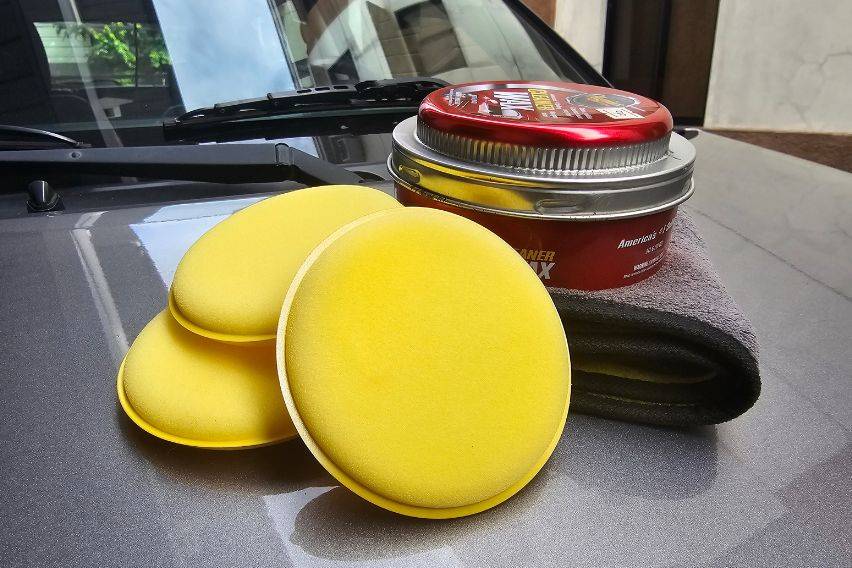 Photo by Cesar Guiderone Miguel
Photo by Cesar Guiderone MiguelSuch a tool can make the job easier, but it can also ruin a car’s paint if you’re using too much pressure or holding the buffer at a particular section of the car body for too long. So, if in doubt, leave it to the professionals.
The right tools: use proper cleaning products
As established above, using proper tools while washing and waxing the vehicle is of the utmost importance in maintaining car paint.
For example, microfiber towels are less abrasive than your typical towel or basahan (rag) and, thus, won’t create micro-scratches or unsightly swirls on car paint. So, ideally, car owners should be well-stocked with microfiber towels. Make sure the said towels are clean, though, since even microfiber ones, when dirty, can still leave nasty scratches on the car.
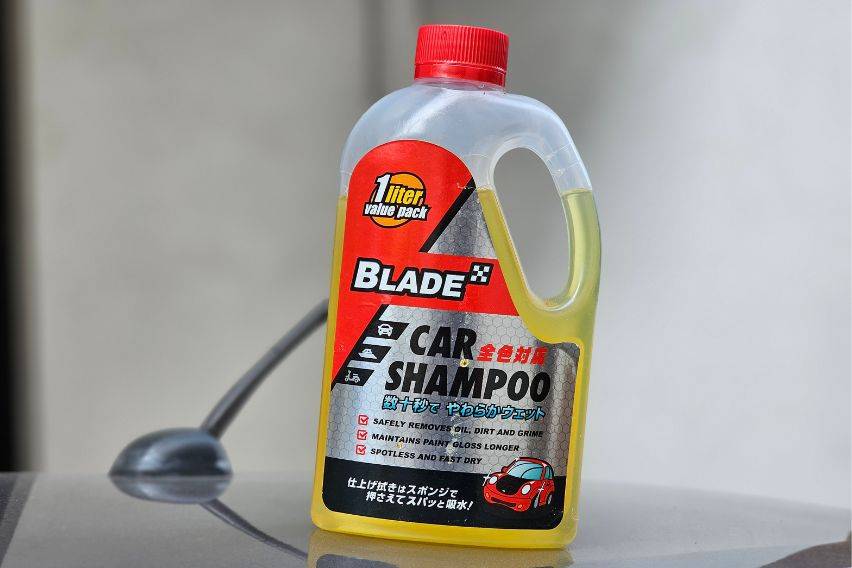 Photo by Cesar Guiderone Miguel
Photo by Cesar Guiderone MiguelAdditionally, using other types of soap, such as dish soap and laundry detergent, can be harmful to paint as well. The aforementioned may have strong components that are able to strip away car wax or even damage the car’s clear coat.
It may sound expensive, but having a pressure washer dedicated to automotive use is also ideal. The said tool will save you money and effort, and it is especially great for households who own multiple vehicles.
When it comes to waxes, though, there isn’t a right or wrong type to choose. Spray-on car wax is enough for people who are short on time but still want to take care of their cars personally.
 Photo by Juan Paulo Papa
Photo by Juan Paulo PapaCarnauba wax, which is made out of a substance from the Brazilian palm tree, is also suitable for hot climates and rainy climates. Comparatively, synthetic car wax products can last longer than natural waxes but are not biodegradable like carnauba.
Say no to UV: avoid parking in direct sunlight
Similar to human skin, a car’s paint can get sun damage, too. Sure, it will take longer, but parking a car under direct sunlight regularly will pick away at the car’s clear coat and eventually expose its base color coat.
Per numerous studies, UV radiation can “cleave” apart the polymer structures of car paint. It also creates chemical reactions, which cause oxidation. The aforementioned will manifest in the form of paint fade and, if not treated immediately, paint cracking and peeling - which is, of course, one of the last things any car owner would want to see happen to their ride.
 Photo from Bentley
Photo from BentleyTo prevent UV paint damage from happening, it is advisable to park cars under the shade or a roofed garage. Sure, exposing the car to the sun is inevitable, but we’re talking about not leaving your car for days on end under the mercy of the weather.
Car covers can be good if a roofed parking spot is not available. It provides a physical barrier against UV rays and other nasty stuff like bird poop and leaves, but do be aware that not all car covers are made equal.
The big guns: Use PPF, ceramic coating
According to many car detailers, one of the most effective ways of keeping car paint in the best condition for the longest possible time is via the use of paint-protective film (PPF).
To note, PPF can be expensive, but for daily driven vehicles, applying it on key parts such as the front and rear bumper, can be sufficient. For folks who have the resources, however, a car fully protected by PPF can be more resilient to UV damage and gunk coming off dirty roads.
Notably, PPF also comes with self-healing properties, which makes it great for staving away light scratches. The aforementioned will come particularly handy for car owners with cats who like to climb on top of their rides.
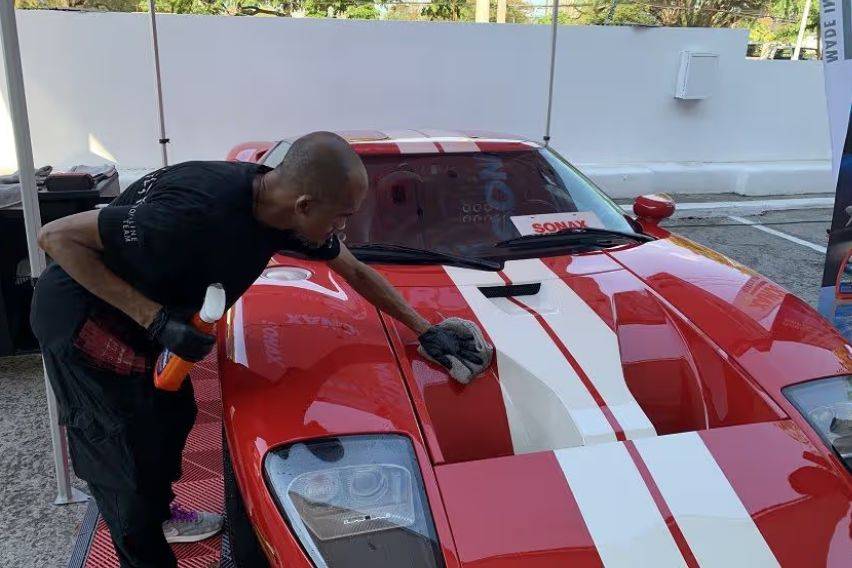 Photo by Juan Paulo Papa
Photo by Juan Paulo PapaIf PPF is unavailable, car owners can likewise turn to ceramic coating. It is slightly less expensive than PPF, but it can also provide some measure of scratch resistance and UV protection.
Several types of ceramic coating products can also give a car’s paint a glossy finish for extended periods of time. Even with ceramic coating, the vehicle must still be washed regularly, but its slick sheen can save time and effort by making the paint surface less of a dirt magnet.
Just for reference, the pricier PPF can last up to six years on average if installed correctly. Consumer-grade, off-the-shelf ceramic coatings in a bottle, meanwhile, can last up to a year.
Unlike car waxing and washing, where we listed down steps, people who want PPF or ceramic coatings can expect better results from professional detailers.
Final thoughts
While the tips provided above can help protect and keep the shine of one’s car paint, here’s the sad truth: at some point, your car and its hue will degrade. It is the truth of life, and no amount of preparation will spare the appearance of your ride for unforeseen circumstances.
On the other hand, the mere application of preventive measures will also mean a world of difference between premature paint degradation and years of keeping your beloved four-wheeler spick and span.
Also read:
Here’s a holiday gift guide for car enthusiasts
Maximizing Transmission Lifespan: How Often Should You Change Your Transmission Fluid?
Be Ready for Anything: Emergency Essentials Every Car Owner Must Have
Sell your car at the best price
 Verified and genuine buyers
Verified and genuine buyers
Trending & Fresh Updates
- Latest
- Popular
You might also be interested in
- News
- Featured Stories
Featured Cars
- Latest
- Upcoming
- Popular
Latest Car Videos on Zigwheels

Car Articles From Carmudi
- journal
- advice
- financing
- insurance







